With autumn approaching, Ruby Taylor of Native Hands shares one of her all-time favourite recipes for an elderberry elixir.
This is one of my all-time favourite elderberry recipes, and it comes from Lucinda Warner at Whispering Earth. It’s a long-lasting and delicious preparation that Lucinda describes as ‘warming your wintery cockles’. I can definitely attest to that!
Elderberry is well known for its antiviral and immune tonic effects which are in large part due to its antioxidant properties. It contains many vitamins and minerals, being especially high in vitamin C. In this recipe, the added spices, port and brandy give it warming properties, and make it a truly delicious medicine.
Picking the elderberries
Look for berries that are dark purple, shiny and plentiful, making sure you leave plenty behind for the birds. They’re an important food source for many birds, including blackcaps, robins and waxwings.
Once you get the berries home, rinse them and give them a quick dry on some kitchen towel (naturally occurring yeasts on the berries can cause the elixir to ferment and ooze out of the jar, so this helps prevent that happening). Then remove the berries by running a fork down the stems.
Method
Nearly fill a jar with your freshly picked elderberries. Add one cinnamon stick, broken into pieces, 8 thin slices of fresh ginger, and then 12 cloves, 12 black peppercorns and 20 cardamom pods, lightly crushed together in a mortar and pestle.
Add brandy until 1/3 of the jar is filled with liquid, then add 1/3 port and top the final third up with honey (ideally raw, local honey). Stir everything thoroughly with a bamboo chopstick or glass stirring rod (avoid using a metal implement for this).
Lid, label and store out of direct sunlight, somewhere cool and dry, for a month to six weeks before straining and re-bottling.
Enjoying your elderberry elixir
I take a tablespoon in a small glass of warm water each evening as a preventative or half a teaspoon every couple of hours at the first sigh of infection.
Main image: Elderberries by Stephen McKay CC BY 2.0. Find the original post here on the Native Hands blog.
 About the author
About the author
Ruby Taylor of Native Hands has been a maker since she was knee-high, and a teacher for over 20 years. She runs popular courses in Wild Basketry and Wild Pottery using foraged materials in the woods. She has experience of a wide range of basketry techniques and also works as part of a team teaching ancient crafts and technologies.

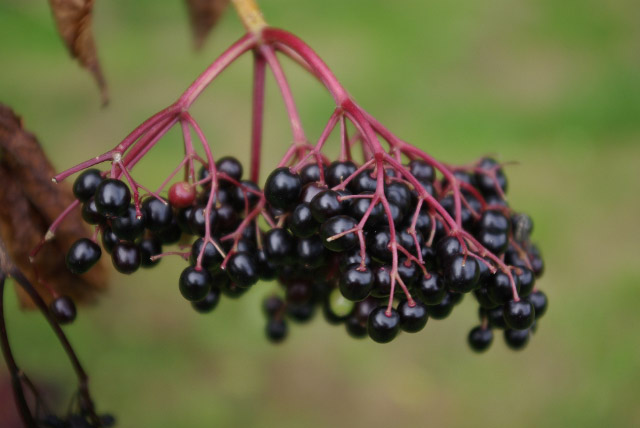
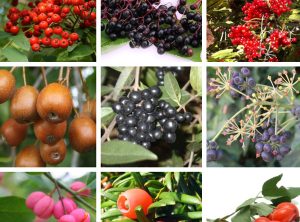
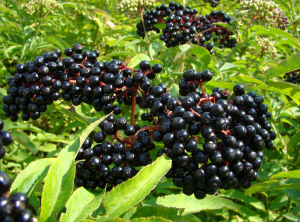
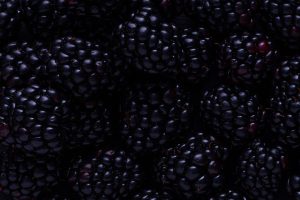
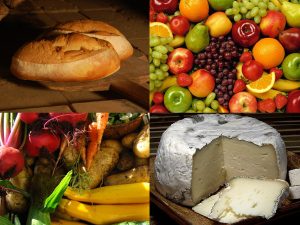
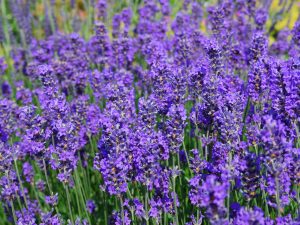
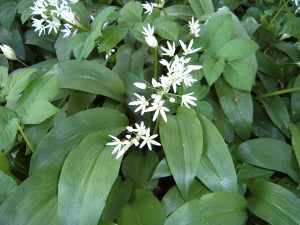
3 Comments
Dear Ruby,
I absolutely agree with you about the cure-all/prevention against ill health properties of elder. I wrote one of the linked blogs for Low Impact.
I have never heard of your recipe described above, and I am somewhat concerned that in this recipe you are not cooking the berries. Elder berries contain a substance that forms cyanide and so they are toxic. Cooking the berries makes them safe. Will you advise on this please?
Andrew
Hello Andrew, thanks for your question. Here is the reply from the medical herbalist Lucinda Warner, who wrote the elixir recipe: “Like hawthorn seeds and various other fruit seeds, elderberry seeds can be toxic in large quantities, but they are sieved out of the elixir so it’s no problem. The toxic compounds aren’t extracted by alcohol or else all elderberry tinctures would be toxic.”
Thanks Ruby,
I’m very surprised that she has said that it is just the seeds that are toxic, for two reasons:
1. Others say that it is all parts of the plant. Though it is not scientifically referenced, please see this link: https://www.permaculturenews.org/2017/11/07/exceptional-elderberries/
It says that all parts of the plant should be cooked first. This has always been my understanding.
2. I have seen for myself the toxic effects of someone who made elderflower cordial without cooking the flowers (and bits of stems). I took the liberty of looking up Lucinda Warner and she also has a recipe for elderflower cordial showing flowers and stems placed in a jar of cold water with the statement that this is all one has to do and then after a couple of hours it is ready for drinking. I would NOT recommend this.
Andrew